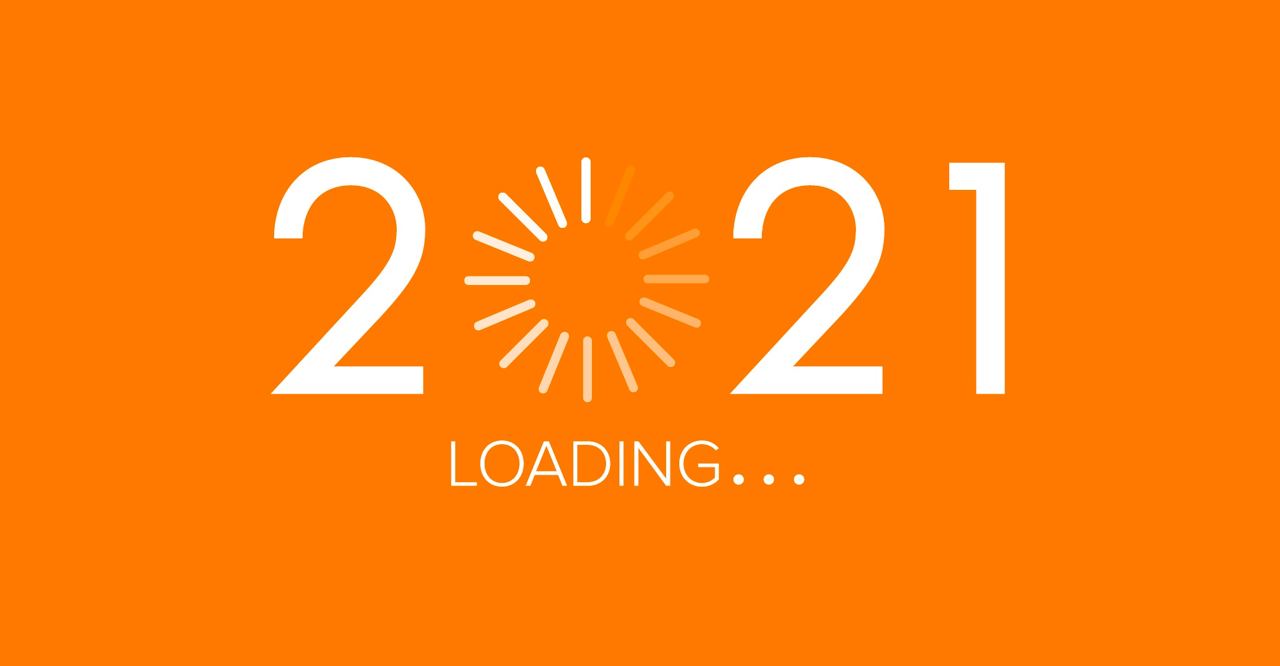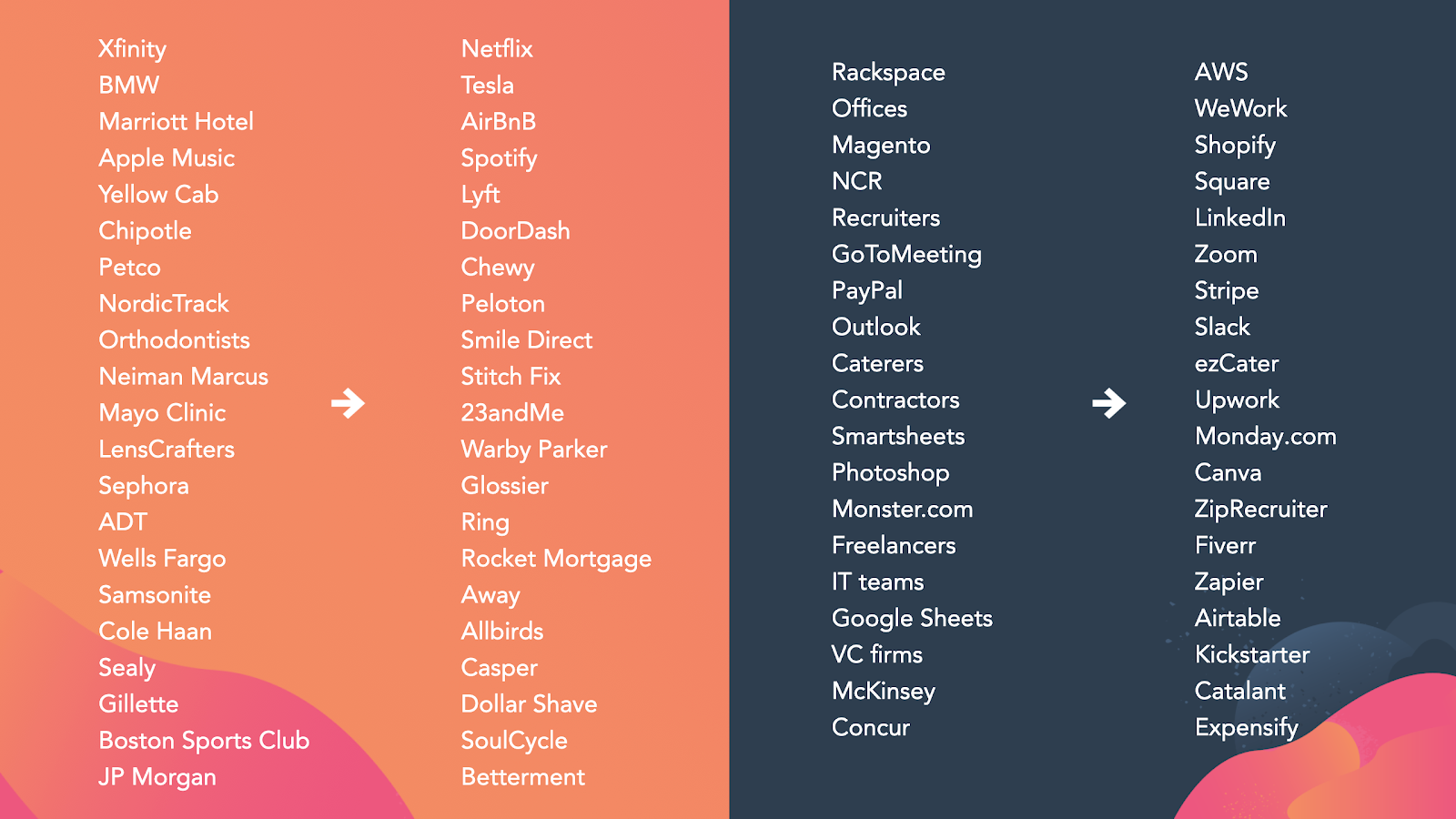The Best Time to Post on Instagram, Facebook, Twitter, LinkedIn, & Pinterest
Social media is one of the best ways to amplify your brand and the great content you’re creating. But it isn’t enough to just post content to social whenever you feel like it. Some times are better than others. So, what are the best hours to post on each social media channel?
Social media is one of the best ways to amplify your brand and the great content you’re creating. But it isn’t enough to just post content to social whenever you feel like it. Some times are better than others.
So, what are the best hours to post on each social media channel?
Unfortunately, there's no perfect answer. People browse each social network differently, and businesses may find different days and times work best for them. For example, while Twitter sees tweets perform well at hours like 6 p.m., Pinterest sees certain posts perform well as late at 2 a.m..
These aren't your only (or best) times, though. Good post timing depends on the platform you're using, as well as on how your target audience interacts with that platform, the regions and corresponding time zones you're targeting, and your marketing goals (e.g., clickthroughs versus shares).
However, there is ample data out there on the best time to post on Instagram, Facebook, Twitter, LinkedIn, and Pinterest. The great folks at CoSchedule recently looked at a combination of its own original data and more than a dozen studies on this very topic -- from the likes of Buffer and Quintly , just to name a couple -- and created a helpful list of ideal posting times based on industry trends across today's most popular social networks. The industries they analyzed include:
- B2C
- B2B
- Software
- Healthcare
- Media
- Higher Education
Bookmark this post as a go-to set of guidelines, and refer to it next time you need to find the optimal posting times for your business.
To start, let's take a look at the U.S. About half of the country's population is in the Eastern Time Zone, and combined with the Central Time Zone, that accounts for over 75% of the total U.S population.
Given that sizable share, if you're targeting a U.S. audience, try alternating posting times in Eastern and Central Time Zones -- we'll get into those specific times in a bit.
If you're targeting users outside of the U.S., conduct some research to find out where they live and which social media channels they're using. That kind of data is available through studies like Smart Insights' Global Social Media Research Summary , or We Are Social's annual Digital Global Overview.
1. Best Time to Post on Instagram
Instagram is meant for use on mobile devices. Approximately 60% of its U.S. users use the app daily , though it would appear that many engage with content more during off-work hours than during the workday.
- On average, the best times to post on Instagram across industries are 1 p.m, and 5 p.m. , during lunch and the end of the typical work day, respectively.
- B2B organizations have the most times of high-clickthrough rates to choose from: 12 to 1 p.m., 5:00 to 6:00 p.m., and even as late as 8 to 9 p.m. when people are winding down for the day.
- The best day to post on Instagram is Friday .
2. Best Time to Post on Facebook
People log in to Facebook on both mobile devices and desktop computers, both at work and at home. How it's used depends heavily on the audience.
- On average, the best time to post across industries is 9 a.m. , when people are just starting work and going online for the first time.
- Facebook sees another increase in clickthrough rates between 11:00 a.m. to 12 p.m., when folks are take their lunch break.
- The hours of 3:00 PM – 4:00 PM are also promising posting times for B2C, B2B, software, and higher-ed organizations.
- The best days to post on Facebook are Thursday to Sunday .
3. Best Time to Post on Twitter
Like Facebook, people use Twitter on both mobile devices and desktop computers, both at work and at home. How it's used also depends heavily on audience -- but people often treat it like an RSS feed, and something to read during downtimes in their day, like commutes, work breaks, and so on.
- Good times to tweet average around 8 to 10 a.m. , as well as 6 - 9 p.m. -- which makes sense, given that it correlates with both morning and evening commutes.
- B2C companies have the most hours to choose from where they would see heightened clickthrough rates on their content: 8 to 10 a.m., 12 p.m., and then 7 to 9 p.m.
- If your goal is to maximize retweets and clickthroughs, aim for noon or 5 to 6 p.m.
- For B2C companies, the best days to tweet are weekends . For B2B companies, the best days to tweet are weekdays . Coincidence? Not really. If you think about it, people shop for business needs when they're working (weekdays) and personal needs when they're off work (weekends).
4. Best Time to Post on LinkedIn
Roughly 25% of U.S. adults use LinkedIn , largely for professional purposes, during weekdays and the work hours. It's used with slightly less frequency than some of the other channels on this list.
- Aim to post on LinkedIn between 10 a.m. to noon.
- B2C, media, and higher-ed organizations have the narrowest windows for when to post for maximum performance: 12 p.m., 8 a.m., and 10 a.m. are their best times, respectively.
- The best day to post on LinkedIn is Wednesday .
5. Best Time to Post on Pinterest
Pinterest users skew heavily female , and 29% of users are active on this channel on a regular basis.
- The best times to post on Pinterest are 8 to 11 p.m. and, interestingly, 2 p.m. to 4:00 a.m. This could indicate some interest in the platform in non-North American time zones, which means global content is all the more important here.
- Contrasting many of the other channels we've listed here, evening commutes tend to be some of the worst times to post to Pinterest. That could be due to the fact that it's not as "browseable," with many pins requiring navigation away from the channel.
Creating an Effective Posting Schedule
There you have it, folks. Keep in mind that although each social network sees its engagement and clickthrough rates increase at specific hours and days of the week, how much engagement you get depends on your audience and content you publish for them.
Perhaps you've established a weekly video series that your audience always expects to see on Friday morning. In this case, don't listen to the data above -- you have an agreement with you followers, and this day and time works just for you.
Need more help developing your social media content calendar? Check out this helpful blog post.
Happy posting, tweeting, and pinning.
Editor's note: This post was originally published in 2017, but was updated for comprehensiveness in October 2019.










